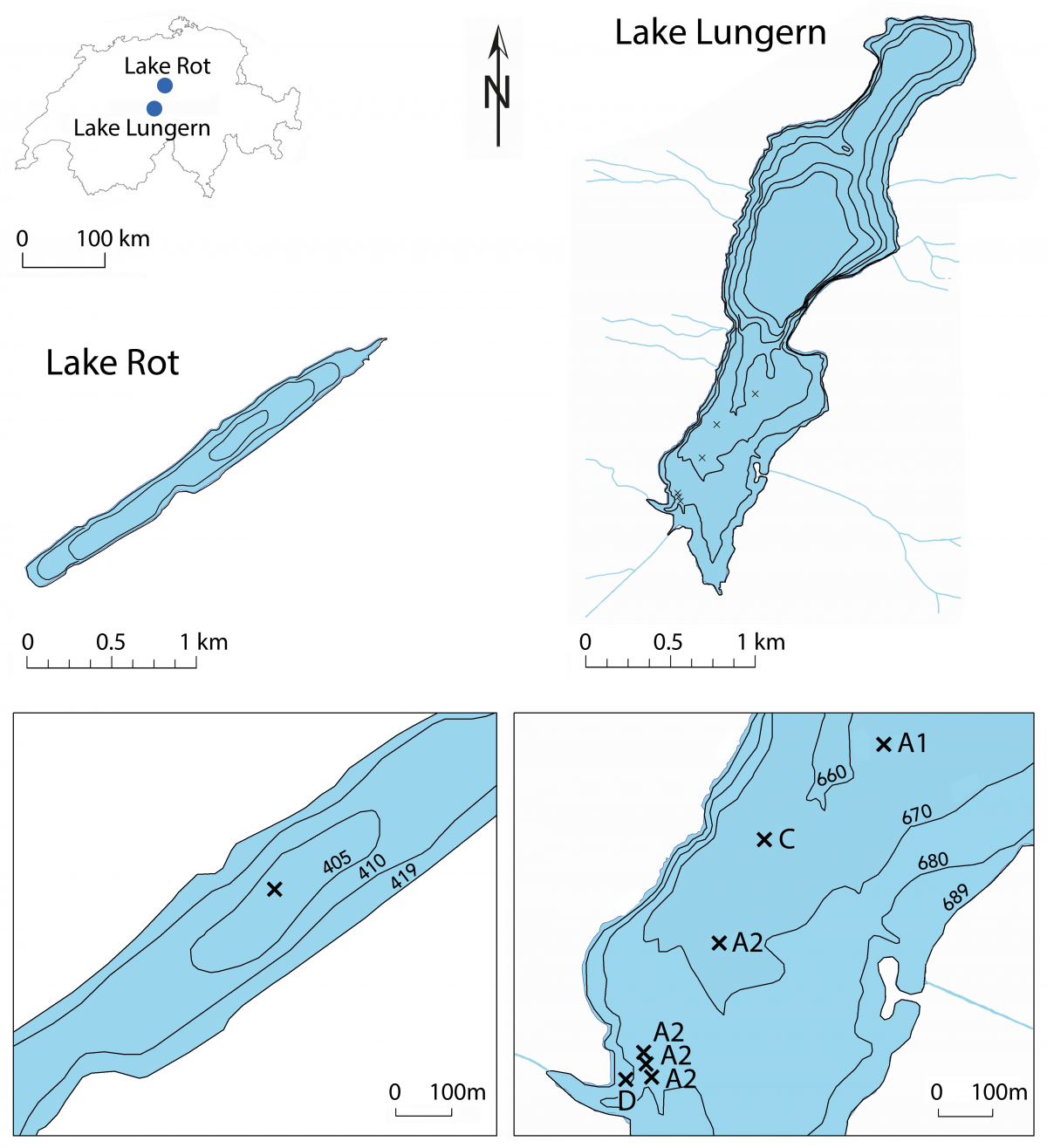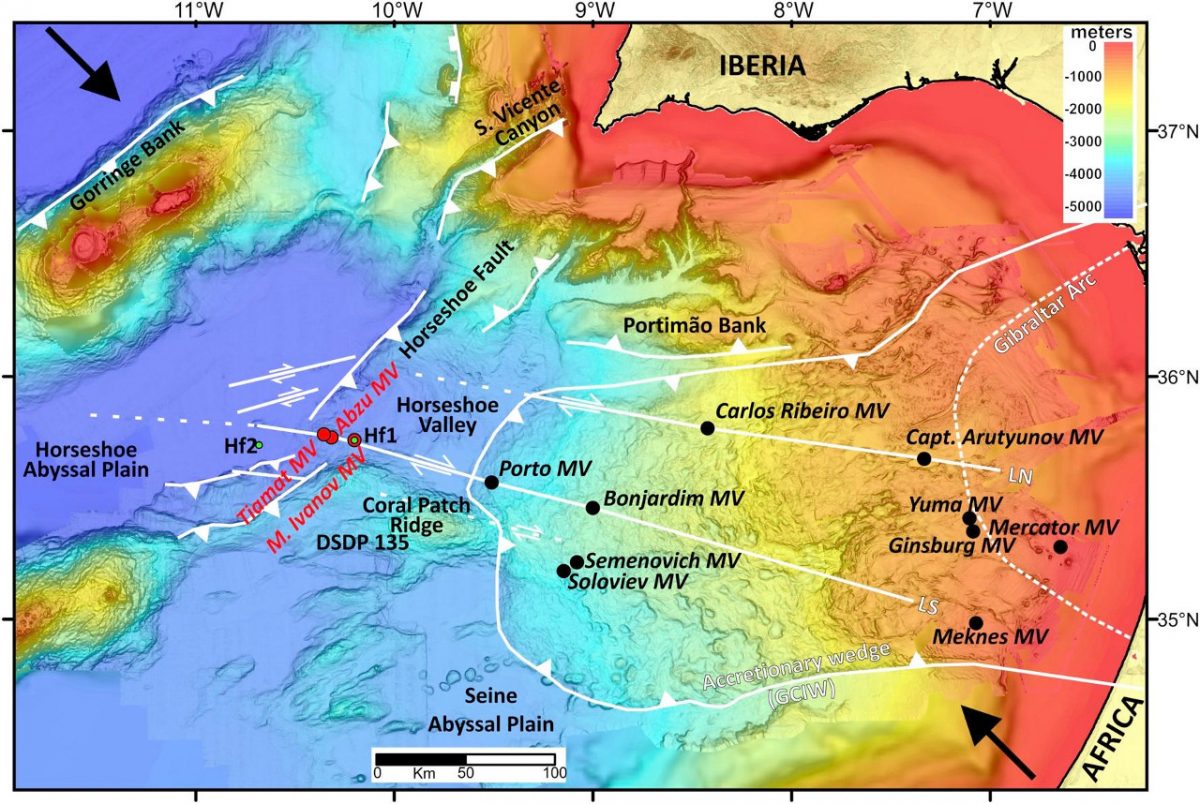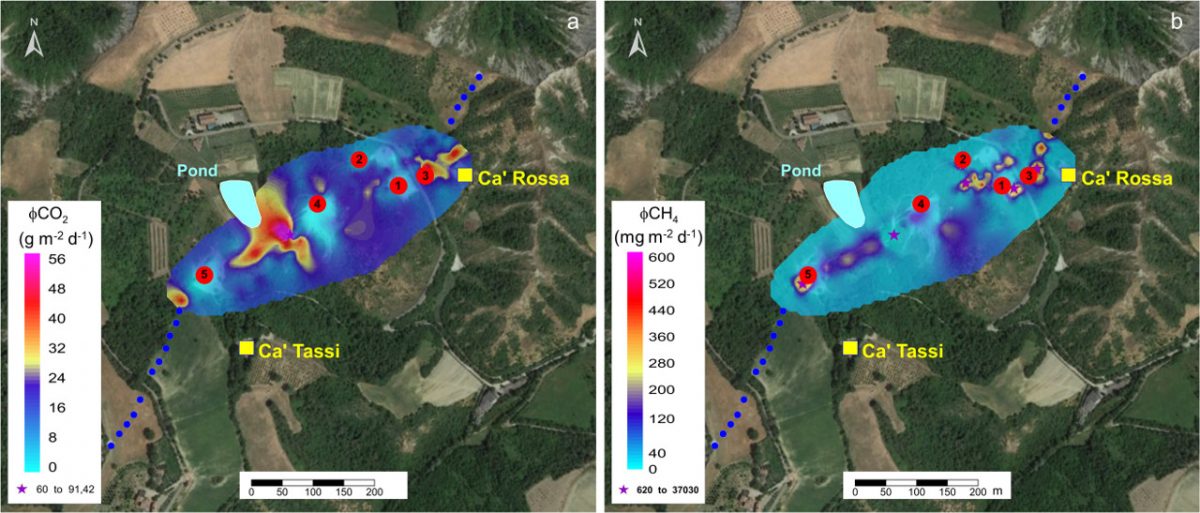Following articles have been accepted for publication in peer-reviewed journals:
- Tyroller, L., Brennwald, M. S., Tomonaga, Y., Maden, C., & Kipfer, R. (2020). Noble gases as tracers for the gas dynamics in methane supersaturated lacustrine sediments. Chem. Geol., in press, doi: 10.1016/j.chemgeo.2020.119905.
- Brennwald, M. S., Tomonaga, Y., & Kipfer, R. (2020). Deconvolution and compensation of mass spectrometric overlap interferences with the miniRUEDI portable mass spectrometer. MethodsX, 7, 101038, doi: 10.1016/j.mex.2020.101038.


